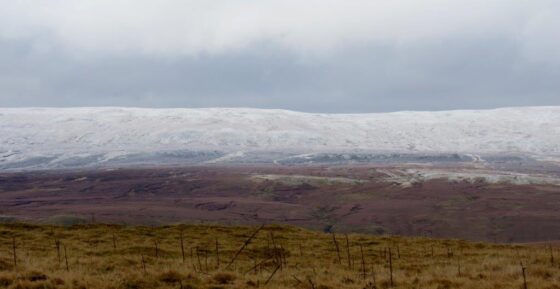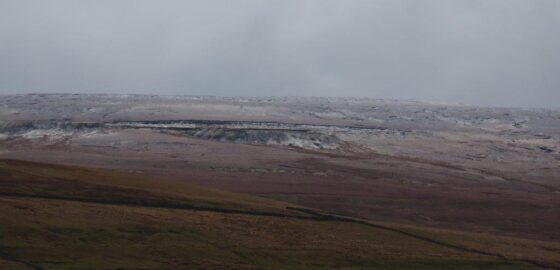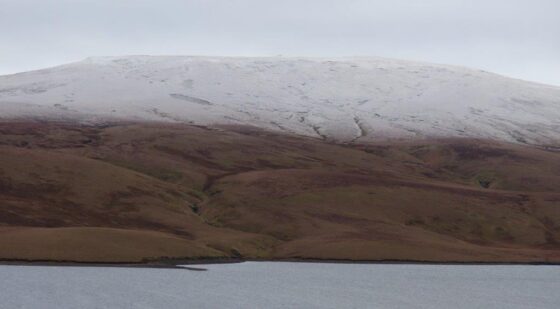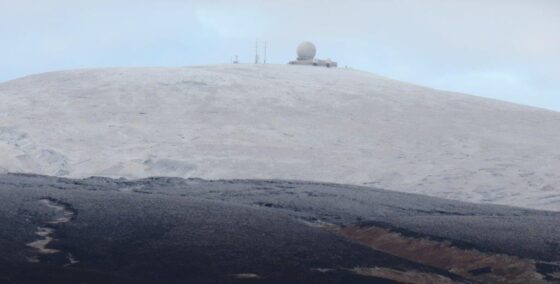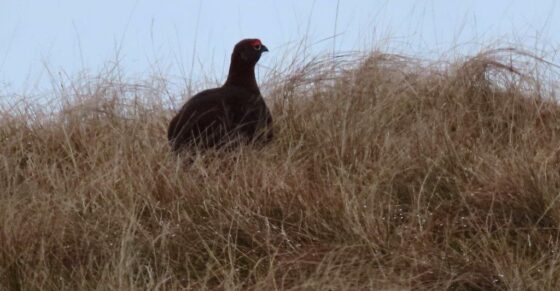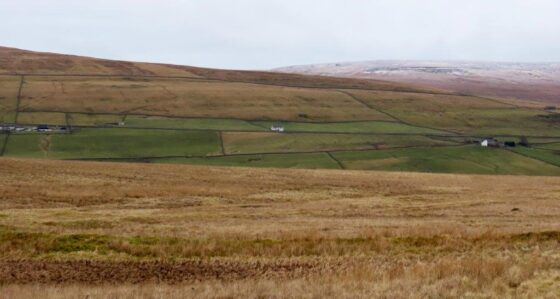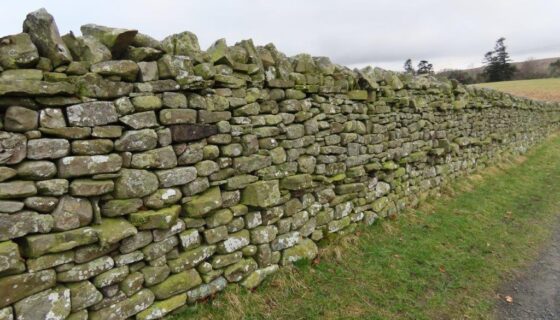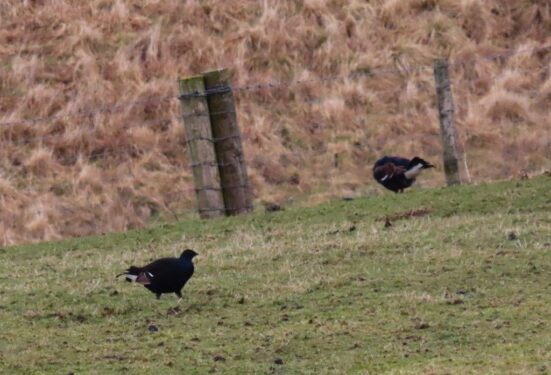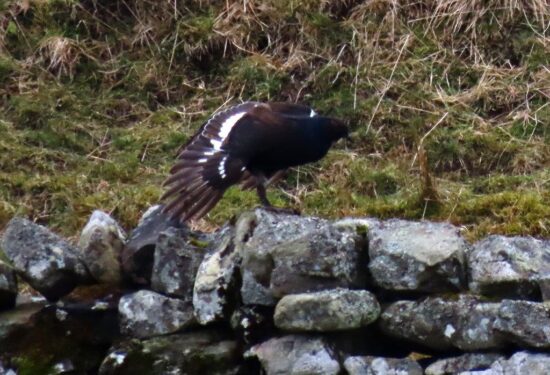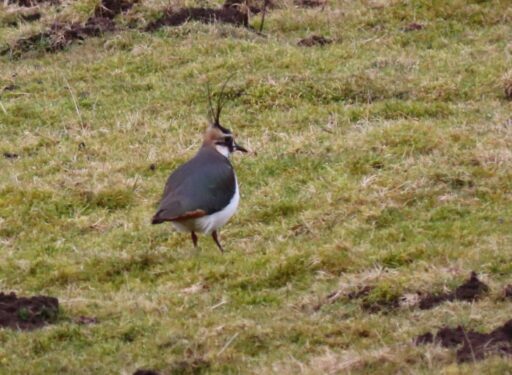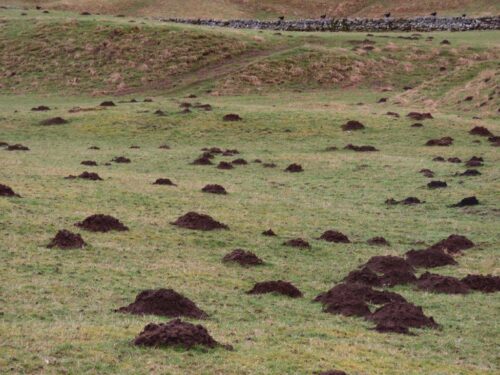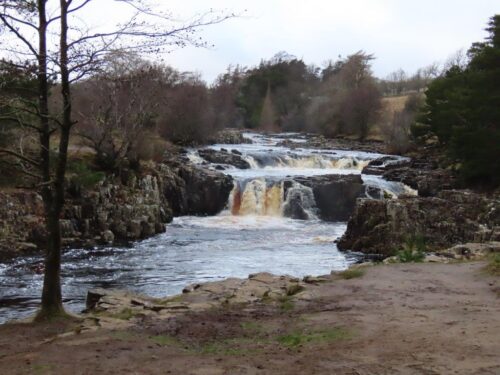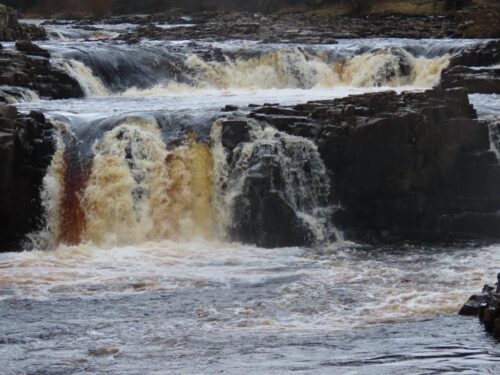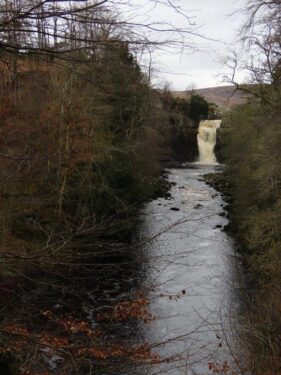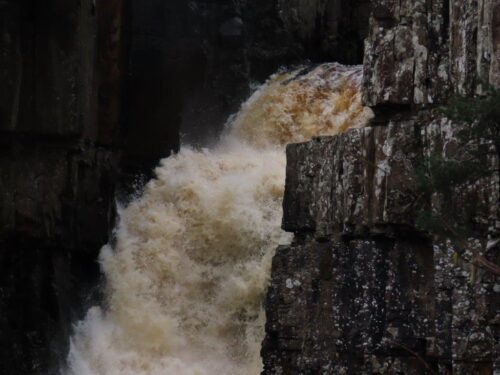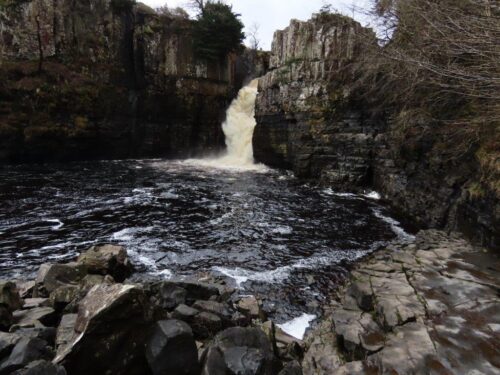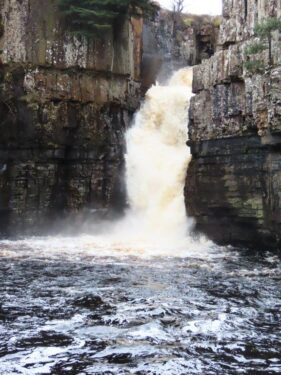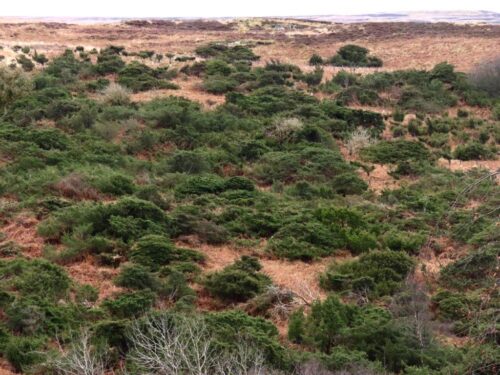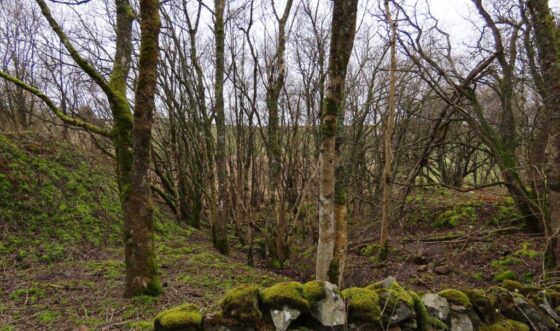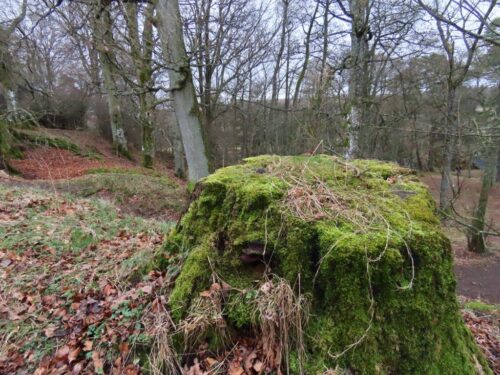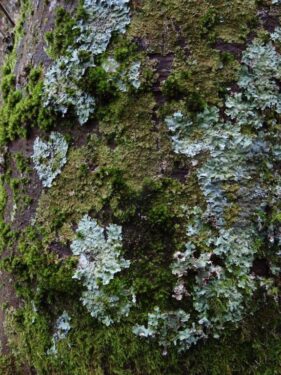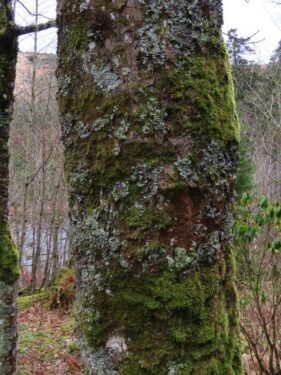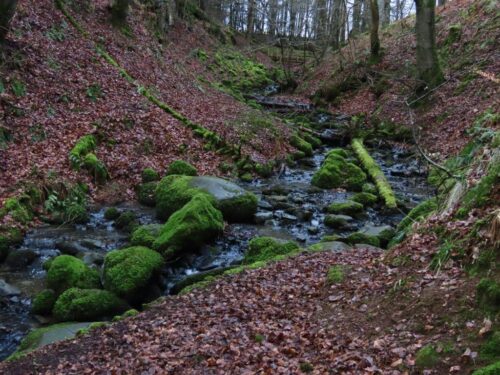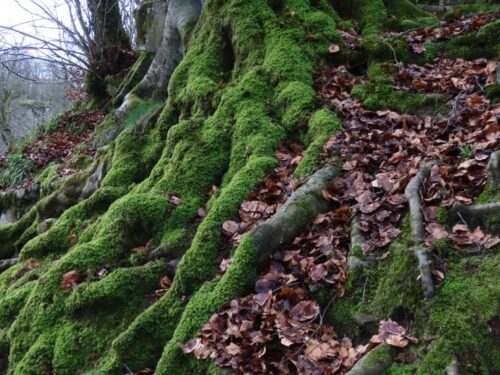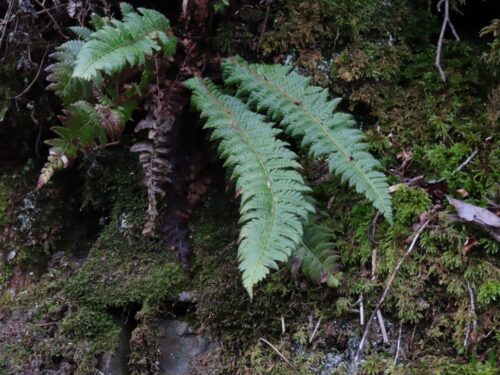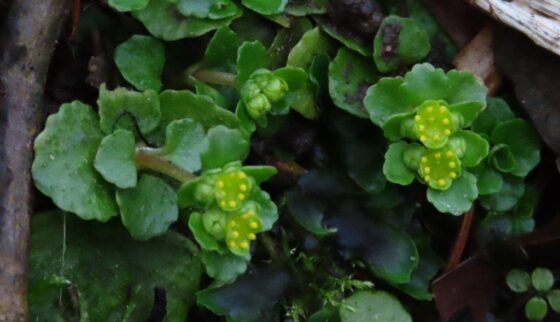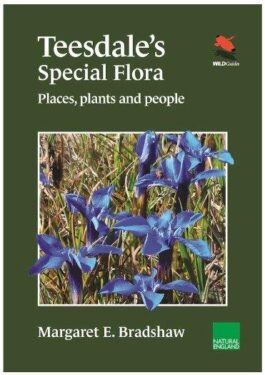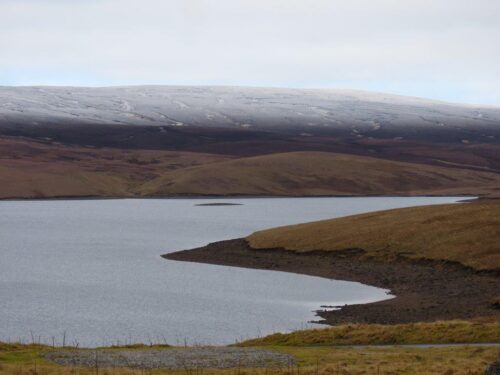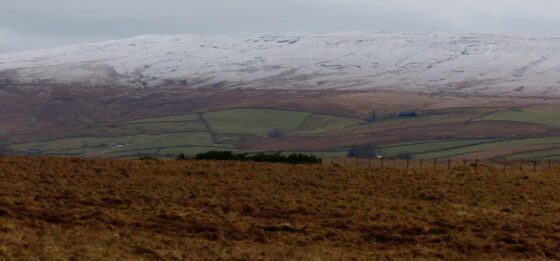Please forgive the gnomic title, but this blog is about my recent trip to Upper Teesdale, a magnificent part of our upland realm, a place shaped by its geology and its iconic waterfalls, or Forces, but ending with reference to the other of the forces, that Force of Nature, Margaret Bradshaw…
Almost as far from my usual lowland haunts as one can find in England, snow was still blanketing the higher Pennine slopes above Cow Green Reservoir, looking to Great Dun Fell.
Below the snow line, while cold, the air was remarkably still and ringing with the sound of the only birds on the higher, heathery slopes, the gobbling calls of Red Grouse.
Lower down, however, in the enclosed pastures, a windswept land of stunted trees and stone walls, Black Grouse were also much in evidence, more so than on my previous visits to the area, although only showing tentative signs of lekking.
But Lapwings, Curlews and Oystercatchers were back on territory after their winter sojourn by the sea, tumbling and peewiting, bubbling, and piping respectively, and with exuberant eruptions of fresh Mole hills signifying their release from the icy grip of winter.
Summer or winter, the geology and its process are always to be seen. The waterfalls of Low Force and High Force were both impressive in the spate of snowmelt.
High Force particularly is one of the iconic natural sights of our country, the largest single-drop cascade in England falling 21 metres into a deep plunge-pool, over rocks and cliffs seemingly immune to the scour of the rushing waters.
The slopes around High Force are clad in dwarf evergreen Juniper forests, while woodland in the valleys was still bare, save for the dangling catkins of Hazel: spring arrives late in such extreme places.
All the better then to appreciate the mossy lichenscapes on bark, stumps and boulders…
…with the evergreen Hard Shield-fern showing well alongside the first flowers of Opposite-leaved Golden-saxifrage. Even here Spring is springing.
But as for the unique upland flora of Upper Teesdale, one of the county’s botanical hotspots, nothing was stirring. Apart from within the confines of the High Force Hotel, where the main reason for my trip unfolded, the launch of a splendid new Princeton Wild Guides book Teesdale’s Special Flora – Places, plants and people by Dr Margaret Bradshaw. Many years in gestation (I was part of the delegation that exhorted her to write up her important, unique knowledge 15 years ago), Jude and I were privileged to have been asked to help steer this tribute to the Teesdale Assemblage towards publication.
Margaret, now 97, was there to sign copies (amazingly, her first book!), give speeches, and generally keep the event flowing with her precise recall of people, places, and especially plants. This book is as much a tribute to her – one of few botanists to be known universally by her initials MEB – as to the place itself.
Seemingly hewn from limestone and Whin Sill, the very rocks that give Upper Teesdale is character, Margaret has been a ceaseless advocate for the special flora for now 70 years, always speaking with deep scientific authority shot through with an evident love for this unique place. Put simply, the book is a must for anyone interested in, or visiting, Teesdale.
Without Margaret’s tenacity, the latter half of the 20th century would have seen huge, destructive inroads into this irreplaceable part of our botanical heritage. Even MEB failed to stop the destruction wrought by the imposition of Cow Green Reservoir on the landscape but, ever the scientist, she made the most of the opportunity to study ‘rescued rarities’ in cultivation, as well as to catalogue and survey those that remain with renewed urgency.
 Now that the contents of her brain are available to us all, there is simply no excuse for us not to support the work of the Teesdale Special Flora Research and Conservation Trust (yes, of course set up by Margaret, in 2017) and enable it to carry forward her (thankfully) still-living legacy.
Now that the contents of her brain are available to us all, there is simply no excuse for us not to support the work of the Teesdale Special Flora Research and Conservation Trust (yes, of course set up by Margaret, in 2017) and enable it to carry forward her (thankfully) still-living legacy.
Thank you Margaret, and we can only wish you many more years of striding the hills among the flowers you love and have done so much to protect for us all.
